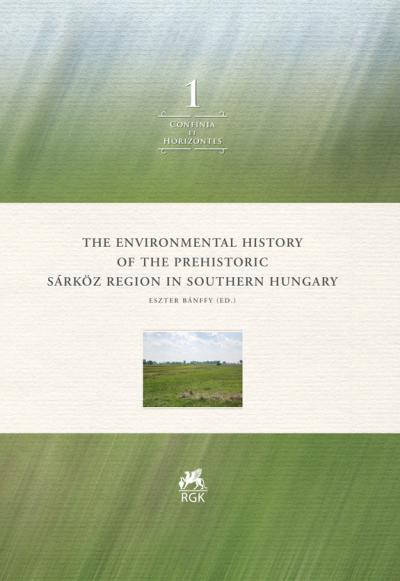Investigation of the plant macro-remains from four archaeological excavations at Fajsz-Garadomb and Alsónyék-Bátaszék in the Sárköz region and their comparison with the archaeobotanical record from other Hungarian Neolithic sites
in:
The Environmental History of the Prehistoric Sárköz Region in Southern Hungary
https://doi.org/10.34780/06b1-04bm
List of Contributors
- Angela Kreuz [Chapter Author]
- Péter Pomázi [Chapter Author]
- Anett Osztás [Chapter Author] https://orcid.org/0000-0002-8470-0770
- Krisztián Oross [Chapter Author]
- Tibor Marton [Chapter Author]
- Jörg Petrasch [Chapter Author] https://orcid.org/0000-0002-1297-5994
- László Domboróczki [Chapter Author]
- Pál Raczky [Chapter Author] https://orcid.org/0000-0001-5556-723X
- Eszter Bánffy [Volume editor]
Synopsis
Archaeobotanical investigations have been carried out in the context of an archaeobotanical research project concerning Neolithic agriculture and land use in Hungary. The results from 22 archaeological excavation sites of the Starčevo, Körös, (formative) Linearbandkeramik (LBK), and Alföld-LBK have been collected and archived with the database programme ArboDat 2016 at the Landesamt für Denkmalpflege Hessen in Wiesbaden (Germany). The results are discussed and compared with the archaeobotanical data from 551 LBK features from Germany and Austria. The available data give a hint for differences in subsistence and diet of the Hungarian Neolithic archaeological cultures.
Downloads
Pages
187–220
Published
November 4, 2021
Series
Categories
Copyright (c) 2020 Digital editions of monographs and series of the DAI




